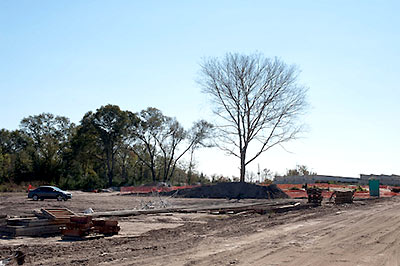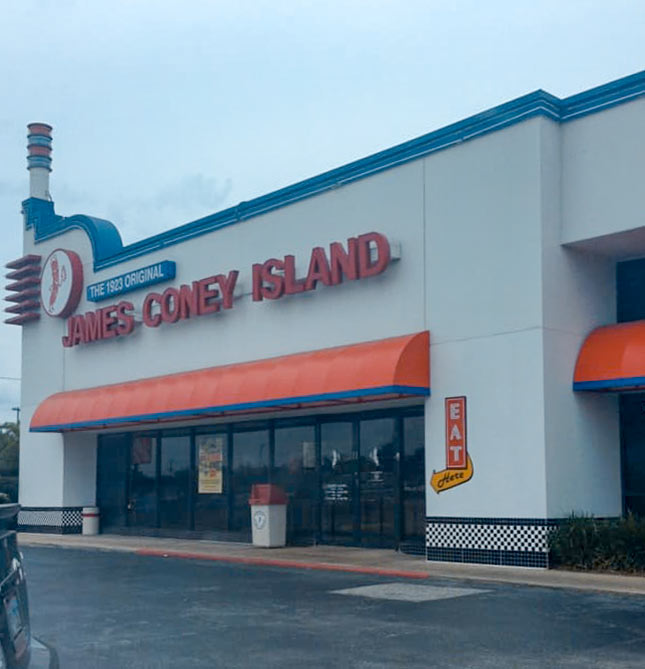

Last month, Cite magazine editor Raj Mankad hiked 8 miles through the Katy Prairie to see the prehistoric human remains found during the construction of Grand Parkway’s Segment E for himself. He brought back a few photos and an essayist’s-eye-view of the archaeological saga:
It appeared as if TxDOT had aimed the 15-mile-long highway segment directly at the burial ground. The highway was suspended, figuratively and physically, like an unintentional monument honoring the burial grounds, like Texas was trying to tell anyone in an airplane or spaceship to LOOK HERE. . . . What I saw were several pieces of plywood, propped up on five-gallon paint buckets, covering what I presume to be the human remains and the tools, buffalo teeth, and other objects found with them. The plywood was weighted down with rocks. . . . To my amateur eyes, the excavation looked makeshift and tenuous, not systematic or professional.
- A Heartbreaking Loss: Grand Parkway Segment E Ruins Site of International Significance [OffCite]
- Previously on Swamplot: Grand Parkway Will Pile on the Dead; Old Bones Ordered Out of the Way of the Grand Parkway; Old Dead People Blocking Progress of the Grand Parkway
Photos: Brett Sillers





When people ask me why I’ve lost all faith in humanity, all I have to do is point to the comment by “Nootooyou” under this OffCite link.
Perhaps TXDOT has to see the monetary potential before it is willing to properly excavate the state’s history. In Rome over Christmas, I toured the Roman grave excavation directly under St. Peter’s Basilica and the excavation under Basilica of San Clemente al Laterano (built over a paleo-Christian church, which is built over a Hellenic temple). Both tours are moneymakers and highly sought after, especially by American tourists. Even if road-building means TxDOT can’t preserve this excavation in situ, the least the agency can do is to allow a thorough and careful excavation. Handled appropriately, the excavated material would contribute to our understanding of pre-history, and could be the next blockbuster exhibit at the Museum of Natural Science.
You know it is terrible about how little interest people have in native American archaeology, the whole SE is filled with the scars of rather impressive mounds that were bulldozed without a single thing recorded, but you’e got to be kidding if you think any paleo indian sight is going to attract any tourists at all. You are seriously going to compare it to San Clemente and the Vatican? This could be proved to be the first humans in the Western hemisphere and it would never be a tourist attraction. For Pete’s sake, Cahokia and Poverty Point are barely tourist attractions.
I could be wrong, but I believe TxDOT consulted with several Native American tribes and the tribes decided it was best to leave the burial ground as is, preserve it forever in concrete rip rap, and let the roadway move through without exploring the site so that the remains will stay in their final resting place instead of being displayed in a museum.
Yep, the general view of native American tribes is that no burial site should be disturbed for any reason. Especially not to satisfy the curiosity of the rest of us.